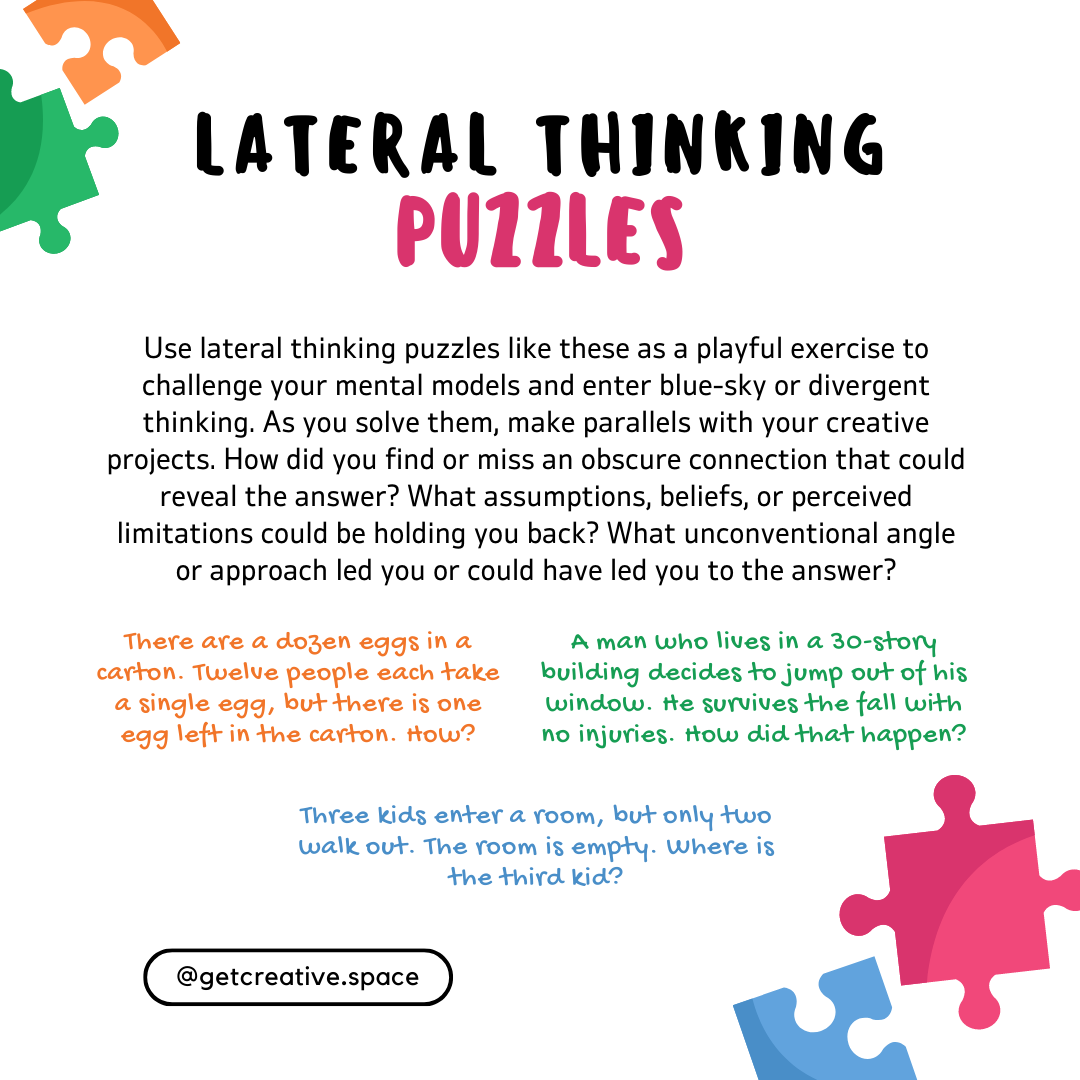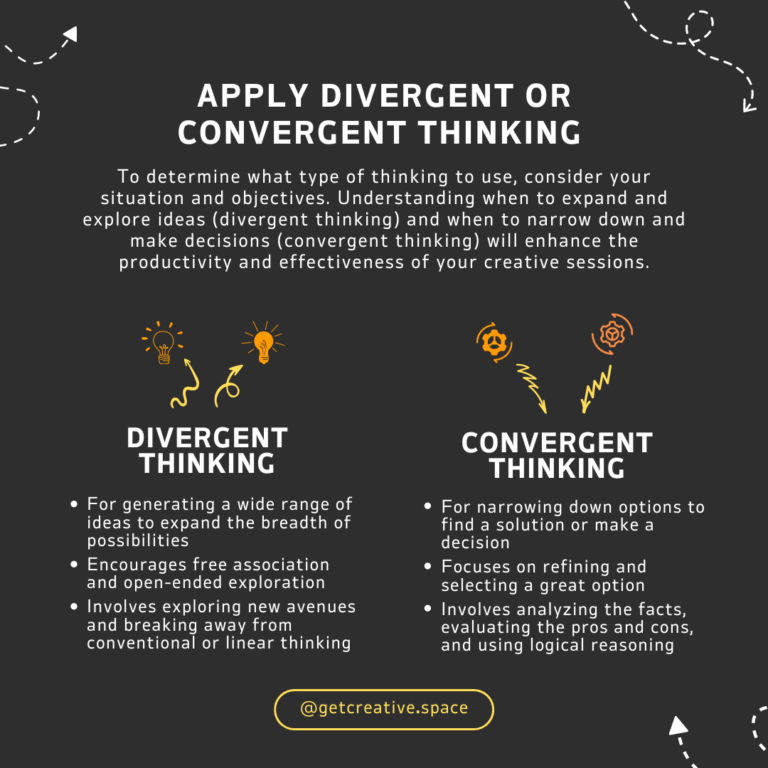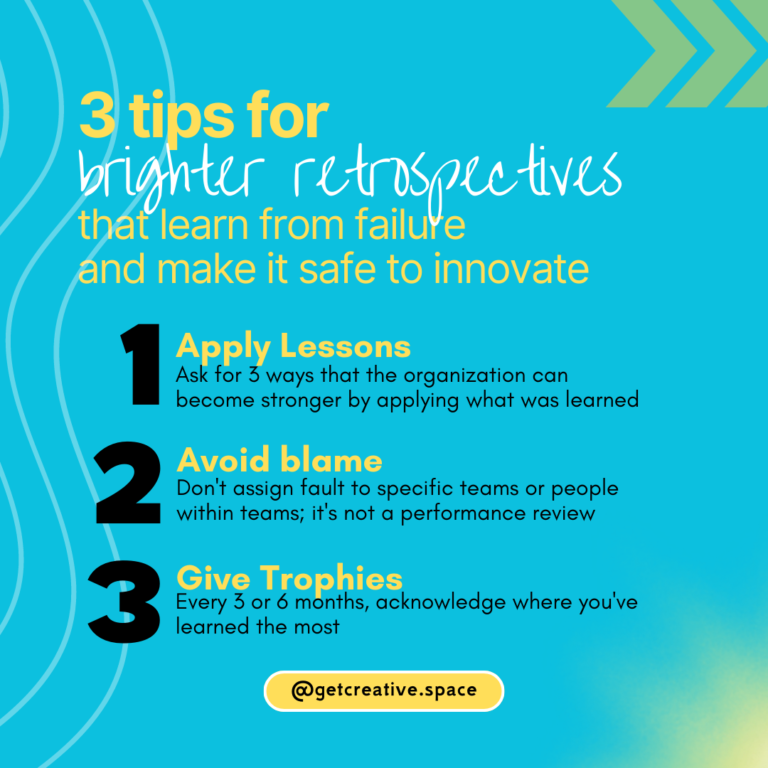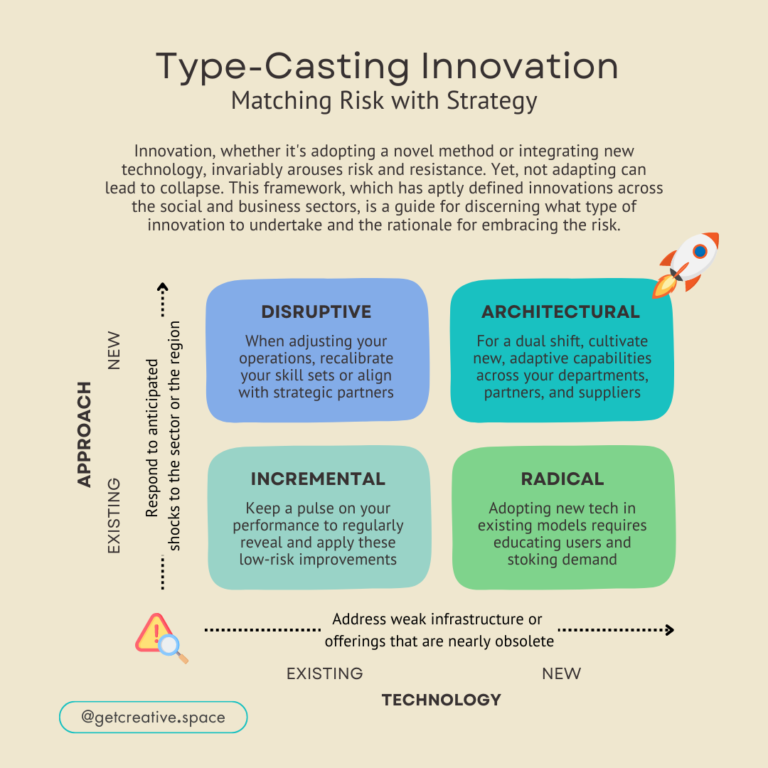Lateral Thinking Puzzles
Lateral thinking puzzles stimulate creativity and encourage out-of-the-box thinking. Try using lateral puzzles as an exercise to enter divergent thinking or to recognize imaginary constraints that are holding you back from a breakthrough.
The reason lateral puzzles are difficult is because your mind naturally filters out or disregards the possibilities you need to consider to process the answer. Our mental models are useful in making quick decisions, but they also stifle our imagination and hide novel paths forward. These puzzles train us to step beyond these mental models and activate our imagination by:
- Challenging limiting narratives and assumptions,
- Connecting seemingly unrelated pieces of information, and
- Approaching problems from a variety of different angles.
As you solve a puzzle, try to make parallels with other creative projects. How did you find or miss an obscure connection that could reveal the answer? What beliefs or perceived limitations could be holding you back? Many lateral thinking puzzles have context clues hidden in their language — words that could point you in the right direction or that are deliberating playing off your assumptions and misleading you. What context clues are hiding in your own projects?
Don’t forget to have fun! Solving puzzles incorporates play into creative rejuvenation. Making this an enjoyable and entertaining activity will help you to enter your next brainstorming session engaged and serene.







